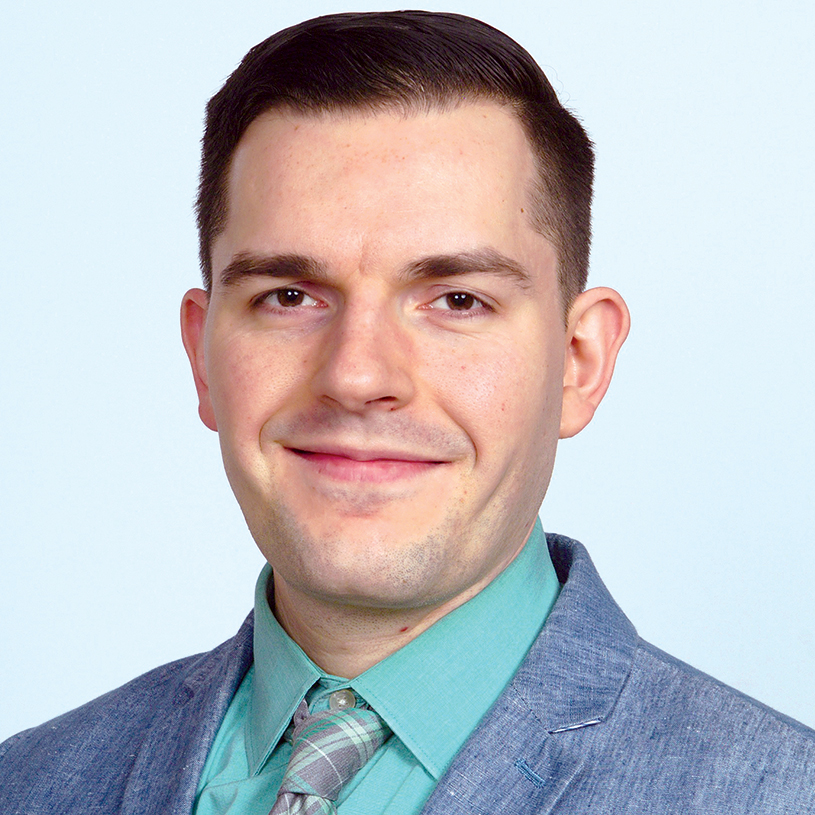
We are constantly hearing about inadequate funding for skilled nursing providers, with Medicaid margins being the main culprit. Yet some states are letting millions of dollars earmarked for quality improvement go untouched, according to reports.
I’m referring specifically to accumulating fines levied against skilled care providers. Those funds are supposed to reinvested back into nursing facilities to improve care, but as McKnight’s has detailed in recent months, two states in particular — Michigan and North Carolina — have tens of millions of CMP funds gathering dust.
“It’s very frustrating,” Melissa Samuel, president and CEO of the Health Care Association of Michigan, told us last week, calling the process to gain those funds “laborious” for its members.
The Great Lakes State, for one, collected more than $3.6 million in CMP dollars from nursing homes during a three-year period, a recent investigation found. Yet, only about two-thirds of those funds, or $2.3 million, have been reinvested to improve skilled care, the Office of the Inspector General found. Samuel said the balance of that fund “has always been relatively” high, floating around $16 million.
Things are even worse in North Carolina, where the state has collected more than $28 million in such funds, sitting largely untouched. Only about 1.4% of the fund, or $406,000, has been expended during the past three years. Yet, during that same period, North Carolina collected $13 million from providers, through fines as large as $1.6 million, we reported in January.
It appears both states are dealing with a similar trend: provider requests for grants are not making much of a dent. Most funding applications in North Carolina have floated around the $20,000 to $30,000 range, some are a lot less. One asked for a set of iPads.
“The philosophy and orientation of the state has been to fund nursing-home-level projects that generate from the bottom up. You can never spend $28 million that way,” said Bill Lamb, executive director of the nonprofit advocacy organization Friends of Residents in Long-Term Care.
But things may be changing. Michigan held a feedback session last week to try and figure out how to better use these funds. The state is also piloting a new application process that allows providers to apply online. The HCAM’s Samuel noted that there are “a lot of good programs out there” in other states that could be emulated. For example, Kentucky recently invested $750,000 in CMP funds to allow one provider to stage a series of ambitious plays with its residents.
Meanwhile, North Carolina nursing home advocates are reportedly working to pursue new ideas for their money’s use, including telehealth and workforce development initiatives with local universities. A follow-up story from North Carolina Health News detailed some of providers’ ideas for the funds, which include enhanced training and a lighter workload for CNAs, or planning services to help facilities attract workers.
I’m curious to hear from you, dear reader, on this topic. What is the state of CMP collection and reimbursement in your own state? Are you also looking at a largely untapped fund balance of penalty dollars? What creative ways have you come up with to dole out these funds? Any insights you can provide into this matter — whether in the comments section below, or to [email protected] — would be most appreciated. We’ll look to highlight some of the responses in this space in the weeks to come.
Follow Staff Writer Marty Stempniak @MStempniak.




